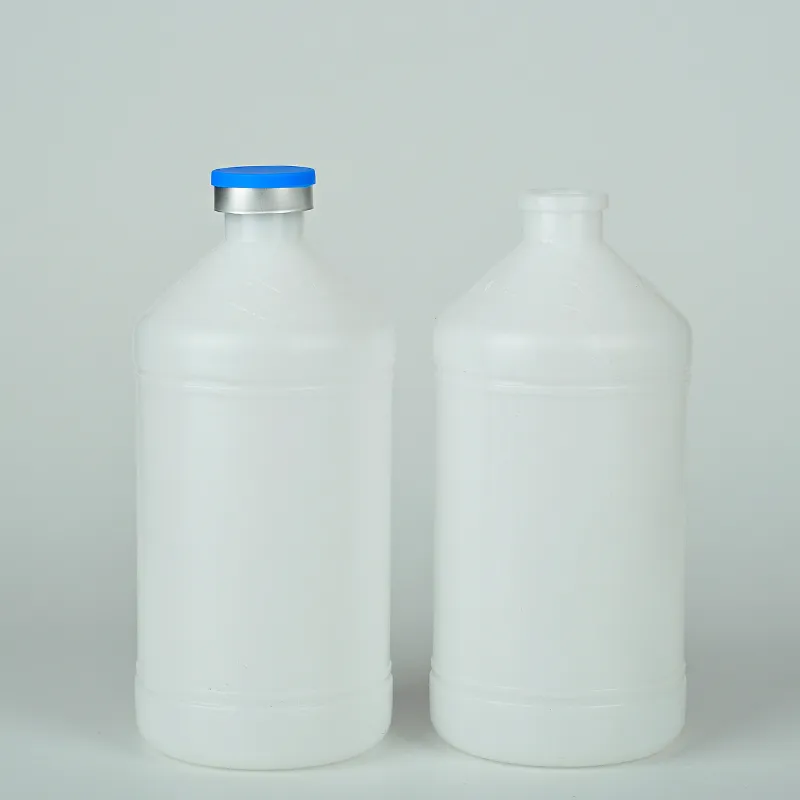what is edta vial
Understanding EDTA Vials Composition, Uses, and Benefits
EDTA, or Ethylenediaminetetraacetic acid, is a chelating agent that has a wide range of applications in both medical and laboratory settings. An EDTA vial is a container that holds a solution or powder of EDTA intended for various uses, particularly in the field of healthcare and analytical chemistry. This article explores what EDTA vials are, their composition, uses, and the benefits they bring.
Composition of EDTA Vials
EDTA is a synthetic compound that can bind with metal ions, making it particularly useful for removing trace metals from solutions. In its vial form, EDTA can be found in various concentrations, typically available as a disodium or tripotassium salt. The standard form of EDTA that is used in vials is usually a sterile solution that is pH-balanced to ensure stability and compatibility for various applications.
The vials themselves are typically made from glass or high-quality plastic that can withstand various chemical properties of the content, thereby ensuring shelf-life and efficacy. Labels on these vials contain critical information, including concentration, expiration date, and storage instructions, which are vital for safety and proper usage.
Uses of EDTA Vials
1. Medical Applications One of the most recognized uses of EDTA is in the medical field, particularly in chelation therapy. EDTA vials are used to treat heavy metal poisoning, such as lead or mercury intoxication, by binding to the metal ions and facilitating their excretion from the body. This therapy is essential for patients who have absorbed harmful levels of these metals, as it helps prevent long-term health consequences.
2. Laboratory Applications In laboratories, EDTA vials are commonly used in blood collection tubes. When collected, blood samples need to be preserved for accurate analysis. EDTA acts as an anticoagulant, preventing blood from clotting and allowing for various tests to be conducted. This application is widespread in clinical laboratories where accurate blood analysis is paramount.
what is edta vial

3. Food Industry Applications Interestingly, EDTA is also used in the food industry as a preservative. In this context, it helps to inhibit oxidative reactions in foods, enhancing their shelf life. Although food-grade EDTA is not the same concentration as that used in medical or laboratory contexts, its chelating properties are beneficial in maintaining quality.
4. Cosmetic Formulations EDTA is included in cosmetic products for its ability to stabilize formulations and improve product efficacy. EDTA vials for cosmetic use usually contain lower concentrations designed to enhance the stability of products by binding to trace metals that can catalyze oxidation.
Benefits of Using EDTA Vials
The use of EDTA vials provides several benefits across various fields. Firstly, by preventing metal ion interference during blood analysis, laboratories can achieve more accurate and reliable results, which is crucial for patient diagnosis and treatment plans.
Secondly, in medical applications, EDTA therapy has proven effective in treating conditions arising from heavy metal exposure, thus contributing positively to patient health. It is generally regarded as a safe procedure when conducted under medical supervision.
Lastly, the versatility of EDTA extends to food preservation and cosmetics, promoting better product stability and longevity. As consumer safety is a top priority, the regulated use of EDTA in these industries ensures compliance with health standards.
Conclusion
In conclusion, EDTA vials represent a crucial component in various sectors, including healthcare, laboratories, food production, and cosmetics. Their ability to chelate metal ions makes them invaluable for both therapeutic and analytical processes. Understanding the significance of EDTA vials can lead to better utilization and awareness of the diverse benefits they offer in enhancing safety, stability, and efficacy across multiple applications. Whether in a hospital, lab, or even in household products, EDTA continues to make significant contributions to modern science and health care.
-
Aesthetic Makeup Spray Bottles | Fine Mist Empty RefillableNewsAug.19,2025
-
White Plastic Veterinary Vaccine Vials | Lab Liquid BottlesNewsAug.18,2025
-
Plastic Medicine Liquid Bottle: Secure Flip Top Drug VialsNewsAug.17,2025
-
Durable 250ml Blue Plastic Vaccine Vial for Lab & Vet UseNewsAug.16,2025
-
Sterile Virus Sample Tubes: Secure & Reliable Specimen CollectionNewsAug.15,2025
-
White 250ml Plastic Vaccine Vial for Lab & Vet MedicineNewsAug.14,2025
























